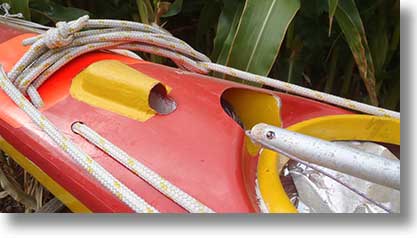Mast step development
For some years I used Tasmanian-style sail rigs, with tubular steps within reach of the cockpit. For a period I tried a genoa-style sail with whisker pole intended to put the sail and sheet forward to reduce interference with paddling. It worked, but was a bit of a fiddle. Norm Sanders solved the problem by stepping the mast well forward on a tiller universal, raising it with a forestay, and braced with two side stays.
The disadvantage of the rig was that it was permanently on deck, like a ‘wet umbrella’ as one person put it. In my view, it was also unnecessarily complex. I wanted to be able to stow the rig elsewhere and to reduce the parts count.

My solution was to devise devise mast steps that would allow the mast to be stepped and unstepped, and without the need for side stays and with the mast as the only moving part. I came up with two types, one with a long open slot (B in the diagram), the other with a much smaller hole that needed to be in a position such as the forward edge of a hatch well (A in the diagram.
The steps were GRP, laid up on these moulds, and then glassed into the decks, braced to take sideways loads.
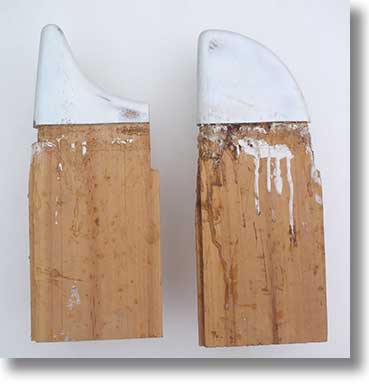
To keep the foredeck clear I stowed the rig on the aft deck. To set it up, the foot of the mast was put into the step, forestay connected and sheet put through a lead. Pulling on the forestay raised the mast. Under way, there was no load on the forestay: the rig would work without it by letting the wind lift the sail and lowering it by grabbing it and pulling it down.
To jettison the rig, after capsize for instance, I added a line (2mm Spectra®) to the foot of the mast leading to a small toggle stowed near the cockpit. The diagram shows the layout.

On deck, the rig looked like this...

...and like this raised. The jettison line is visible across the hatchcover.
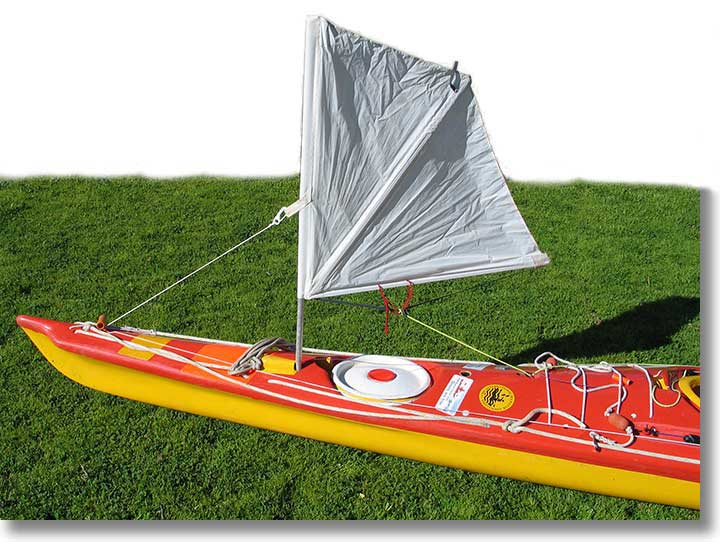
The rig was a retrofit into the first boat, so I used the B type step because of the limited space available in the hatch well.
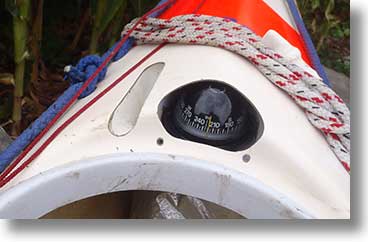
In this boat the compass was elsewhere, so it has the A type step, the bottom of which is visible.
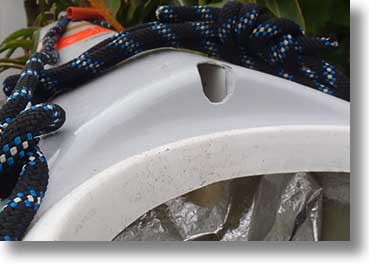
For this boat I used the A step with a blister above the line of the deck. Not the most elegant but it worked well. The foot of the mast, with jettison line, is visible.
